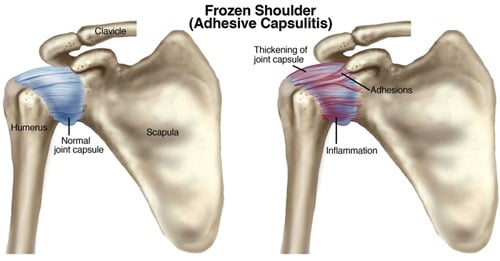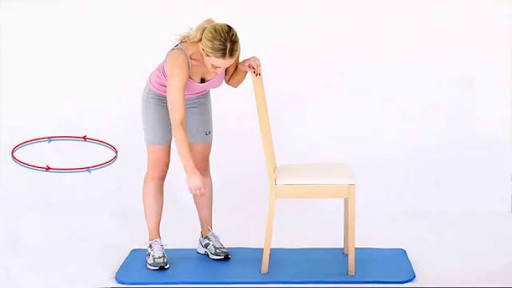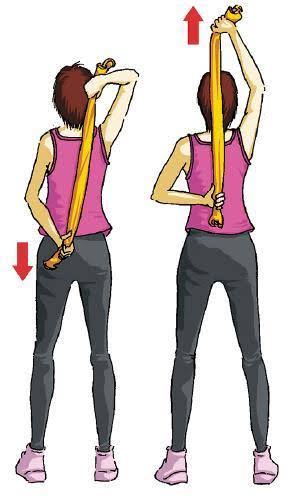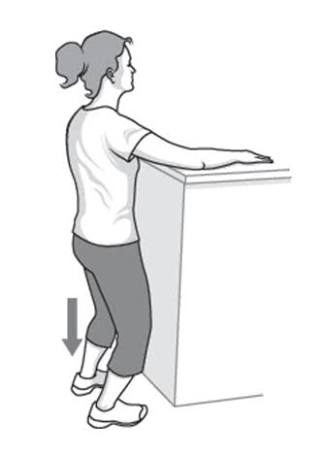Do you often find it difficult to perform basic tasks of your daily living like combing your hair or reaching behind your back to put on a belt? Is there a persistent shoulder pain that is limiting your ability to reach for things? You might be suffering with FROZEN SHOULDER because pain and stiffness it causes may seriously interfere with your ability to perform everyday tasks, such as dress and bathe, or even work.
ALSO READ: Sara Ali Khan Weight Loss Diet & Workout: Fight Against PCOS
WHAT IS FROZEN SHOULDER?
Frozen shoulder (medically, also known as adhesive capsulitis) is a condition, characterised by painful and stiff shoulder that has limited range of motion in all directions.
The flexible tissue, called capsule that surrounds the shoulder joint becomes inflamed and thickened which ultimately makes the shoulder movements difficult.

WHAT IS THE CAUSE OF FROZEN SHOULDER?
It’s unclear why frozen shoulder occurs, and it’s not always possible to identify a cause. But it may generally happen after a fracture or overuse injury or from a disease like diabetes, stroke, hyperthyroidism, hypothyroidism, breast cancer etc.
It is a self-limiting disease and will typically gets better on its own over time (most people regain about 90% of shoulder motion) without surgery. But this can sometimes take the course of a year or more.
Read on to find out what exercises you can do to at home to heal a frozen shoulder.
STRETCHING EXERCISES
PENDULUM STRETCH
Always start with this exercise first. It is a gentle way of improving mobility and helps in relaxing your shoulders. Stand in a slightly bent over position and support the body weight with the unaffected arm on a chair or table. Allow the affected arm to hang down. Start to swing the arm in a small circle (a foot in diameter). Perform 10 circles (clockwise and then anti clockwise) in each direction. Do this once daily at first.
As you start to notice a decrease in your stiffness, add more repetitions and increase the diameter of your swing but never force it. When your symptoms improve, you can increase the stretch by holding a light weight (1- 2 kgs) in the swinging arm.

TOWEL STRETCH
Take a small towel (about three-foot-long) and hold it behind your back. Gently pull the towel up with your good arm so you pull and stretch the affected arm upward. Once you feel a stretch in your affected shoulder, hold the position for 10 seconds, and then slowly release the stretch.
Repeat 10-20 times daily, trying to pull your arm up your back a little further each time. Move slowly and avoid sudden or jerking motions.

FINGER WALK
Stand in front of a wall, approximately ¾ of an arm’s length away. Once you are in position, reach out and touch the wall at waist level with the fingertips of the affected arm. With your elbow slightly bent, slowly walk your fingers up the wall, until you’ve raised your arm as far as you comfortably can. Once you have reached this point, then lower your arm very slowly (with the help of the good arm, if required) and repeat.
Try to perform this exercise for at least 10 to 25 times each day, with each arm.

CROSS BODY REACH
It is highly effective to relieve frozen shoulder condition as it forces you to stretch by reaching across your body.
For this stretching exercise, you may sit or stand, depending on your comfort level. Now with your good arm, lift the arm affected by frozen shoulder. Bring it up and place it across your body carefully. Exert a gentle pressure on the arm in order to stretch the shoulder. Once you have stretched to your comfort level, hold your arm there for up to 15-20 seconds.
Do this stretching exercise 10 to 20 times per day.

ARMPIT STRETCH
Stand near a shelf, dresser or table which is of chest-height. With the good arm, lift the affected arm onto the shelf. Gently bend your knees, opening up the armpit. Deepen your knee bend slightly, gently stretching the armpit and then straighten. Try to push the affected arm up a little farther with each stretch but don’t force it.
Practice this 10 to 20 times each day.

ADVICE
- A proper warm up is very important before starting any exercise. You can make the area warm by using a heating pad for about 15 minutes. If you don’t have one, a warm shower can work as well.
- While doing these stretching exercises, make sure to stretch to the point of tension but not pain.
